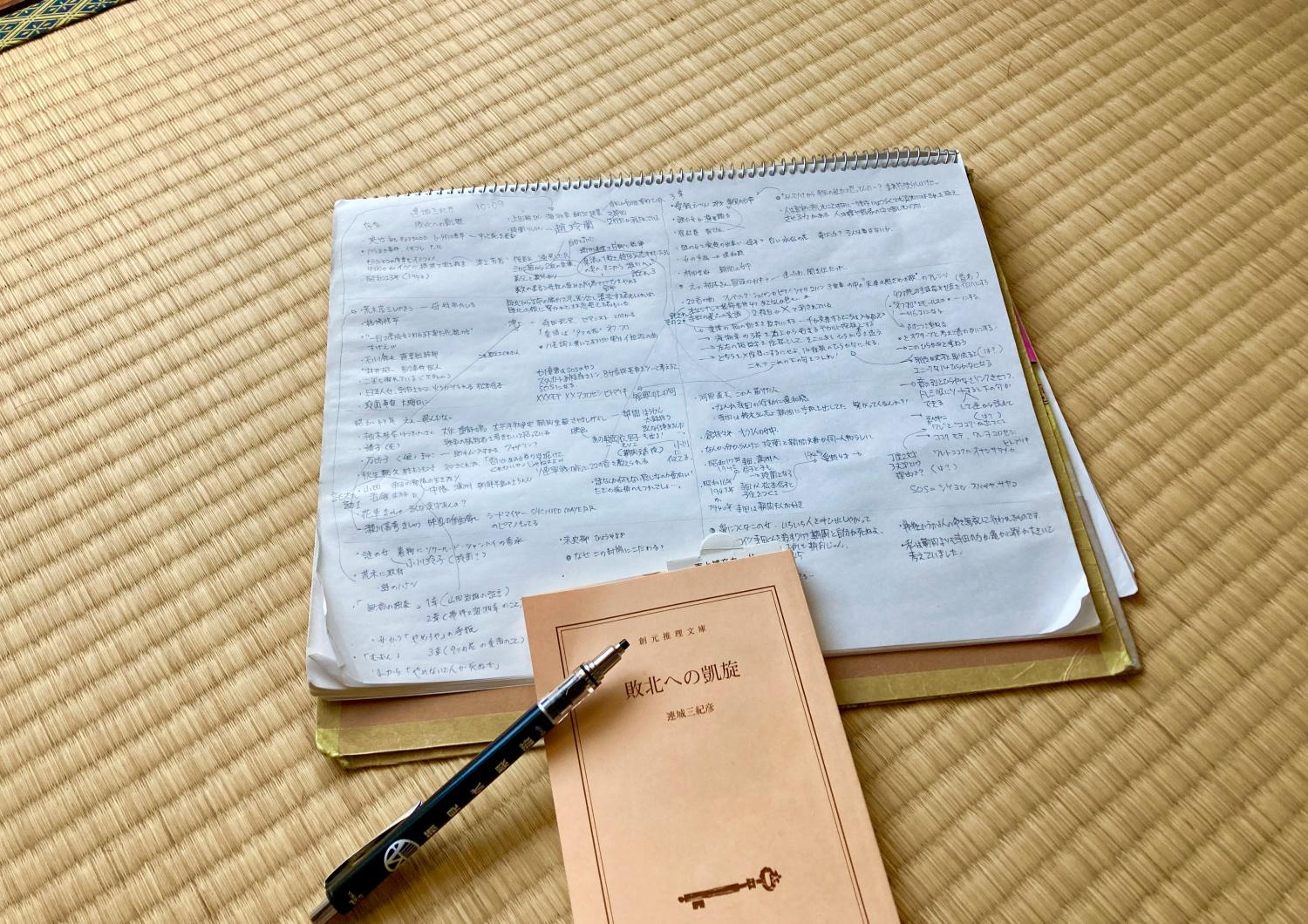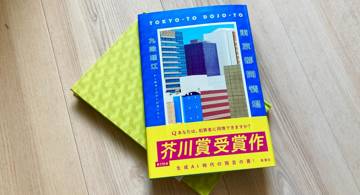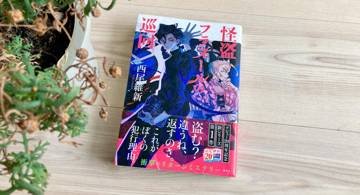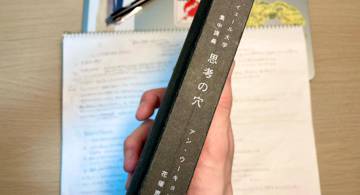Overview
I read this because my roommate lent it to me. I'll write a summary and my thoughts. My roommate mentioned, "I couldn't quite figure out how the code was solved," so I'll break that down too. Spoilers ahead.

Summary
- Around 1940:
- Takeshi Terada, a skilled pianist, falls in love with Fumika Sayama, the wife of military bigwig Shigeyoshi Sayama.
- Shigeyoshi Sayama is furious. (Understandably so)
- Takeshi Terada fathers a child with a prostitute named Nobuko Matsumoto. (Why though?)
- Around 1941:
- Shigeyoshi Sayama, enraged, pushes for the start of the Greater East Asia War to send Takeshi Terada to the front lines.
- Takeshi Terada, Nobuko Matsumoto, and their child go to Manchuria.
- There, Terada creates a code to indicate that Shigeyoshi Sayama initiated the war for personal reasons. Wanting to pass this down to future generations, but also wanting to make it hard to decipher, he creates an extremely obscure code and gives pieces of it to different people.
- Additionally, Shigeyoshi Sayama hands Fumika Sayama a branch of oleander, urging her to commit suicide, but she ignores him.
- Around 1945:
- The war ends. Takeshi Terada returns from Manchuria. Nobuko Matsumoto returns with him.
- Shigeyoshi Sayama once again urges Fumika Sayama to commit suicide, but she ignores him.
- Around 1948:
- Shigeyoshi Sayama, now a war criminal, commits suicide.
- Fumika Sayama believes that Takeshi Terada is far more guilty than Shigeyoshi Sayama, who started the war for personal reasons. (?)
- Nobuko Matsumoto agrees with Fumika Sayama's view. (?)
- Fumika Sayama kills Takeshi Terada and Nobuko Matsumoto, then attempts to kill herself by throwing herself off a cliff but survives.
- Fumika Sayama continues to live in hiding thereafter. (?)
- Around 1970:
- Novelist Keisaku Yūki happens to conduct an interview about Shigeyoshi Sayama and Takeshi Terada.
- During his research, he gathers the pieces of the extremely obscure code left by Takeshi Terada, and someone he knows solves it, revealing the story outlined above.
Steps to Decode the Cipher
Here are the pieces:
- A: A handwritten "weird musical score" among Terada's belongings
- B: An "arranged version of Chopin’s Angelic Consolation Song" that Terada verbally passed on to his subordinate
- C: A handwritten copy of the poem "Fallen Leaves" by Bin Ueda found among Terada's belongings
- D: A handwritten "score for nine flowers" among Terada's belongings
Here’s how to solve it:
- A: Convert the first part of the "weird musical score" by translating single notes to "dot" and long notes to "dash." This gives the string "SOS," which stands for "Shigeyoshi Obadea Sayama" (Obadea being his baptismal name). This indicates that the code refers to Shigeyoshi Sayama.
- B: Turn the fingerings of the "arranged song" into a sequence of numbers. Treat the combination of left-hand and right-hand fingering numbers as coordinates. Use the 5x5 hiragana grid from C ("Fallen Leaves" poem) as a Cartesian coordinate system. Pick the hiragana corresponding to the fingering coordinates, which forms the string "XXX Motte XX Wokorose Shi Hitoariki." If you can figure out what the X’s stand for, you can understand what Sayama used to kill whom.
- D: Convert the characters "Ne Fu Fro" found with the "score for nine flowers" into 16 Morse code symbols. Convert the first 16 notes of the score into note names (using the Japanese "Iroha" system). Treat the Morse code dots and dashes as representing the octave of the notes, and combine the 16 symbols. Remove any duplicate letters, and you’re left with 14 hiragana. Although they don't make sense on their own, if you sort them in the order corresponding to the notes, they form the phrase "Ware to Kokoku wa Onaji Sadameka." If you plug "Ware" (I) and "Kokoku" (the homeland) into the X's from B, it suggests that Shigeyoshi Sayama used his homeland to kill "I" (Takeshi Terada).
...Does that make sense?
Favorite Quotes
Some celebrate the victory of life drawn out of defeat, while others perish, still chained to their defeat.
I thought this was an evocative expression that conjures vivid imagery.
No one suffers from the truth. While it might be painful temporarily, the truth has the power to help you endure it. People suffer in lies and imagination.
I agree. In the end, it's best to speak the truth and act honestly. While this might cause some temporary problems, the trouble brought about by truth is ultimately just a healthy kind of trouble.
War is something conducted with disregard for human life.
I thought this was a newly learned method of expressing criticism of war.
Thoughts
- Takeshi Terada's life makes sense to me. He had talent as a pianist, but due to his family's awful circumstances, he had to give up on his dreams and join the military. Then, he lost the ability to play piano due to an injury and fell into despair...
- Shigeyoshi Sayama's life also makes sense. He lived his life like a sycophant, rose through the ranks, got hurt by his wife's affair, and pushed for war out of personal vendetta. He's a terrible person, but his actions follow a logic that I can track with my own understanding.
- Fumika Sayama's way of thinking is hard to grasp. Isn't she just too eerie?
- Why did she consider Takeshi Terada to be far guiltier than Shigeyoshi Sayama?
- If she thought her actions were sinful, why did she keep ignoring Shigeyoshi Sayama’s repeated urging to commit suicide with the oleander?
- Why did she leave her own fate to God, thinking "If I survive after throwing myself off the cliff, it’s because God has commanded me to live," but take it upon herself to kill Takeshi Terada? Shouldn't she have left his fate to God too?
- If she thought their actions were war crimes, why did she act to keep them hidden? ...Well, maybe that was to protect Takeshi Terada's daughter from being hurt?
- Why did she call people out only to say nothing on the spot and send a letter later? "I'll tell you everything, but not here." Hey! The person you're talking to isn't just sitting around waiting!
- "I have a razor... I’m holding it to my neck right now..." What's up with this person? Is she Japan’s post-war mental health poster child?
- The meta setup of her resembling the famous actress Eriko Makioka is just annoying.
- The explanation of the bizarre depiction in the prologue (oleander falling over Tokyo) in the latter half was satisfying.
- The existence of Keisaku Yūki's daughter, Mayuko, felt too mechanical, too inhuman.
- Her role as a detective's assistant was just creepy.
- The depiction of her as a "daddy’s girl" in the first half seemed to be designed to explain why she was so obedient to her detective father.
- But when it turned out someone else was the detective, it was just disappointing.
- Organizing how to solve the code was fun. The fact that my roommate said it was "tough" was why I decided to put in the effort to sort it out. I’m grateful they gave me the motivation to do it properly.





